The Deep Relationship Between Matcha and Water Quality: Unveiling the Secret of a Delicious Cup
While the quality of tea leaves and whisking techniques are widely known as factors that influence the taste of a cup of matcha, the “water” actually plays a surprisingly important role. In the world of tea ceremony, there has long been a saying: “Tea chooses water.” This phrase contains deep wisdom that appropriate water quality is essential for bringing out the true essence of matcha.
How Water Quality Affects the Taste of Matcha
According to Souga Matsumoto, a tea ceremony master from Kyoto, “Even with the same high-grade matcha, the taste can be completely different depending on the water used.” In fact, a survey by the Japanese Tea Research Institute found that in taste tests of matcha prepared with soft and hard water, matcha prepared with soft water scored about 30% higher in “smoothness” and “sweetness,” while matcha made with hard water emphasized “astringency” and “bitterness.”

Hard water, which contains a larger amount of mineral components (such as calcium and magnesium), tends to strongly bring out the bitter components of matcha. On the other hand, Japan’s soft water is considered optimal for enhancing the delicate umami and sweetness that are characteristic of matcha.
What Is the Ideal Water Quality? Choosing Water for Matcha
The ideal water conditions for matcha are as follows:
- Hardness: Soft water of about 30-80mg/L is ideal
- pH value: Neutral to slightly alkaline (pH 7.0-7.5)
- Impurities: Low in chlorine and iron content
- Temperature: 70-80°C (for high-grade matcha), 80-90°C (for stronger-tasting matcha)
According to documents from the prestigious Urasenke tea ceremony school, “Kikusui” spring water from Uji, Kyoto (with a hardness of about 45mg/L) is particularly well-suited for matcha. Modern research also confirms that water from soft water regions such as Kyoto and Shizuoka effectively extracts amino acids (umami components) from matcha.
When enjoying matcha at home, effective methods include letting tap water sit overnight to remove chlorine or using soft mineral water. Specifically, mineral waters such as “Japan Alps Natural Water” or “Mt. Fuji Subterranean Water” have mineral balances that pair well with matcha.
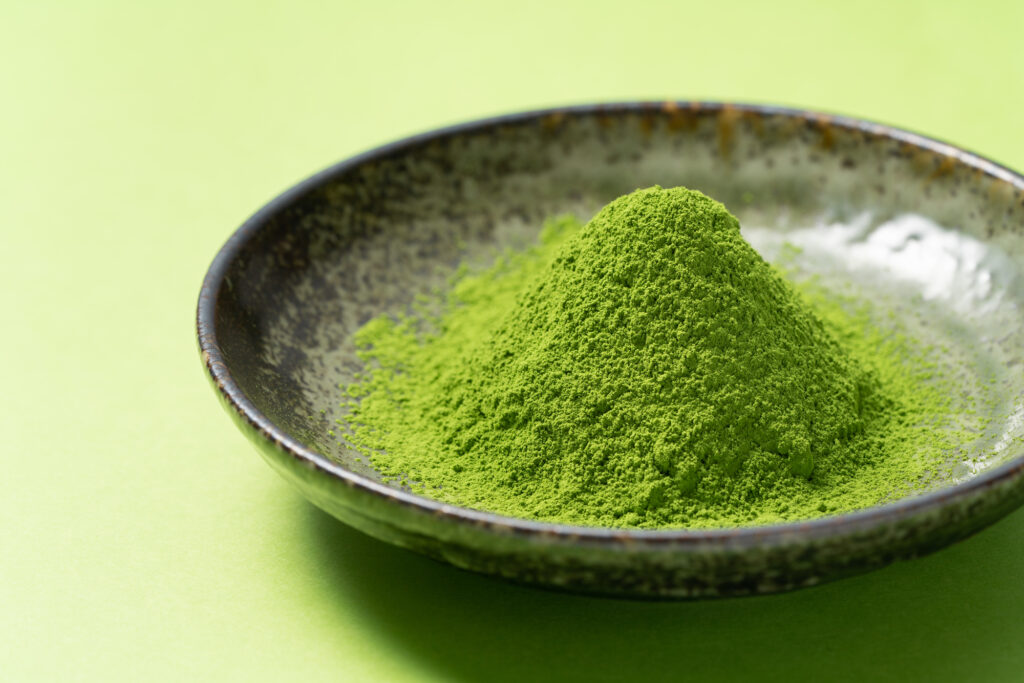
Attention to water quality is the first step in bringing out the deep taste of matcha. The secret of the complex flavor in a cup of matcha actually lies in the “water” we choose.
Basic Knowledge of Water Quality That Affects Matcha Flavor
Water quality is an important factor determining the taste of matcha. In the world of tea ceremony, it has long been said that “tea chooses water,” indicating that differences in water quality greatly influence the flavor of matcha. So what kind of water is suitable for matcha?
Ideal Water Hardness and Compatibility with Matcha
“Hardness” is the most important water quality indicator when preparing matcha. Japanese water is generally soft water (hardness below 100mg/L), which is suitable for bringing out the delicate flavor of matcha. In fact, experiments conducted by tea masters in Uji, Kyoto, showed that matcha prepared with soft water with a hardness of 30-80mg/L had the best balance of umami and sweetness.
When using water that is too hard, mineral components such as calcium and magnesium bind with the umami components of matcha, tending to emphasize astringency and bitterness. Conversely, with extremely low hardness water, the original flavor of matcha may taste diluted.
The Relationship Between Water Temperature and Matcha Taste
The water temperature when preparing matcha is also an important factor influencing flavor. Generally, high-grade matcha (ceremonial grade) is ideally prepared with water at 70-80°C, while culinary matcha is best prepared with water at 80-90°C.
If the temperature is too high, bitter components are strongly extracted; if too low, umami components are not sufficiently drawn out. According to a survey by the National Tea Ceremony Federation, matcha prepared with water around 80°C was rated highest for balance of “smoothness,” “sweetness,” and “umami.”
Mineral Balance and Matcha Color/Aroma
The types and amounts of minerals in water also affect the flavor of matcha. Special attention should be paid to the following points:
- pH value: Slightly alkaline water (pH 7.0-7.5) enhances the vividness of matcha’s color
- Chlorine: Chlorine odor spoils matcha’s aroma, so filtered or settled water is preferable
- Iron content: High iron content darkens matcha’s color and creates a metallic flavor

Water quality analysis has revealed that many “famous waters” long valued by Japanese tea masters naturally meet these conditions. In modern homes, appropriate water purifiers can be used to obtain water quality suitable for matcha.
Ideal Matcha Water Quality and Hardness: Taste Differences Between Soft and Hard Water
Water hardness is an important factor influencing the taste of matcha. Japan is known worldwide as a country of soft water, and this characteristic has greatly contributed to the development of Japanese tea culture, especially matcha. Let’s take a closer look at how differences in water quality affect the flavor of matcha.
Basic Differences Between Soft and Hard Water
Water hardness is determined primarily by mineral content, mainly calcium and magnesium. Generally, water with hardness below 100mg/L is classified as soft water, and 100mg/L or above as hard water. The average hardness of Japanese tap water is about 30-80mg/L, making it typically soft water. In contrast, hard water with hardness above 200mg/L is common in many regions of Europe and North America.
Compatibility Between Matcha and Water Quality
Characteristics of matcha prepared with soft water:
- Mild astringency, with enhanced natural “umami” of matcha
- The delicate aroma of tea leaves is preserved and more vividly perceived
- Smooth mouthfeel with a clean aftertaste
Characteristics of matcha prepared with hard water:
- Tendency for astringency and bitterness to be emphasized
- Mineral sensations come to the forefront, slightly masking matcha’s original flavor
- Tends to take on a brownish tinge, making it difficult to achieve a vivid green color
According to a survey by Kyoto’s established tea shop “Ippodo Tea,” when the same matcha was prepared with soft water versus hard water, over 90% of the tasting panel recognized differences in flavor. Ratings were significantly higher for “umami” and “sweetness” when soft water was used.
In Search of the Ideal Water Quality

The ideal water quality for preparing the most delicious matcha is soft water with a hardness of about 30-70mg/L. In particular, famous water from Uji, Kyoto, with a hardness of about 35mg/L, has been loved by many tea practitioners for its excellent compatibility with matcha.
When preparing matcha at home, you can get closer to an authentic taste by using soft mineral water or water filtered through a water purifier. Especially for those living overseas or in hard water regions, choosing mineral water with water quality close to Japanese soft water can help bring out the true deliciousness of matcha.
Optimal Water Temperature for Matcha and Its Scientific Basis
The optimal water temperature for matcha is key to maximizing its flavor. Generally, the ideal water temperature for preparing matcha is considered to be 70-80°C, and there is clear scientific evidence for this temperature setting.
Relationship Between Matcha’s Umami Components and Water Temperature
Catechins and amino acids (especially theanine) contained in matcha significantly vary in their degree of dissolution depending on water temperature. According to experimental data, catechins, which create bitterness, are excessively extracted at high temperatures above 80°C, and at temperatures exceeding 90°C, the sweet and umami components characteristic of matcha are destroyed. A survey by the Kyoto Prefecture Tea Research Institute found that water temperature around 75°C provides the best balance between umami components and bitterness.
Color Changes in Matcha Due to Water Temperature
Water temperature also significantly affects the color of matcha. When whisked with water that is too hot (above 90°C), chlorophyll breaks down, causing the vivid green color to easily change to brown. Meanwhile, matcha prepared at the appropriate temperature of 70-80°C maintains a beautiful emerald green color (suiryokushoku), enhancing its visual appeal.
Practical Tips for Water Temperature Management
• When cooling boiled water: It reaches about 80°C after approximately 1 minute • Use a thermometer: Beginners are recommended to measure accurately with a thermometer • Preheat the tea bowl: To maintain the ideal water temperature, warm the bowl before use • Seasonal adjustments: It’s good to set slightly lower (around 70°C) in summer and slightly higher (around 80°C) in winter
Among tea ceremony practitioners, the expression “ichifukashi-han” (one and a half boils) has traditionally been used to describe using water that has been cooled slightly after boiling. This is wisdom derived from experience but also aligns with modern scientific knowledge.
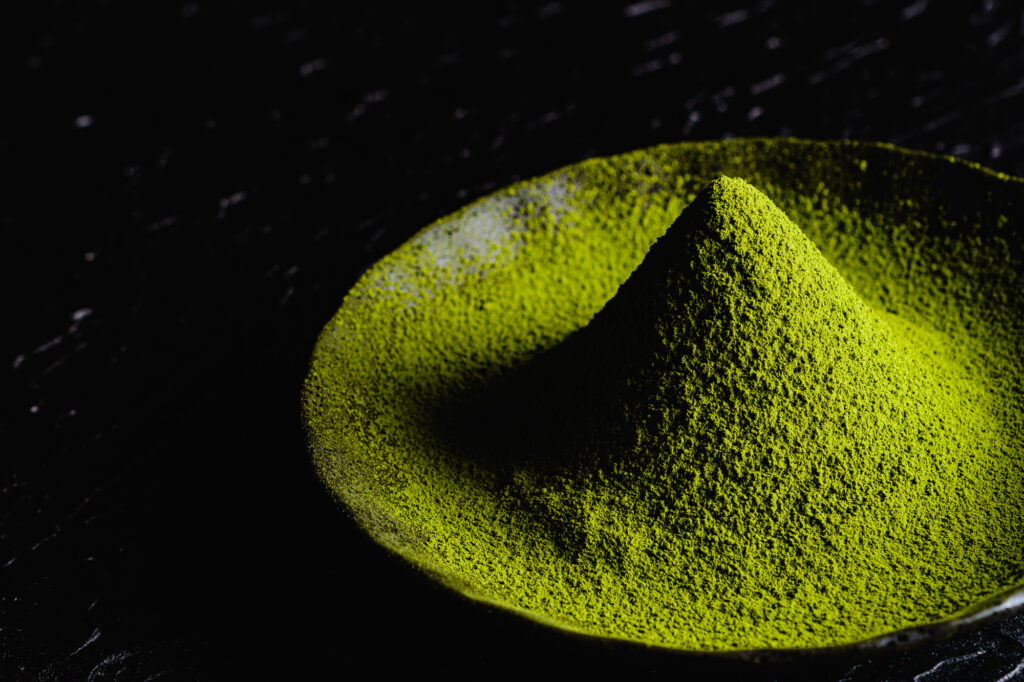
In experiments using the highest grade of matcha, “tencha,” data shows that water at 72°C received the highest evaluation, indicating that the optimal water temperature varies slightly depending on the grade of matcha. Adjusting water temperature according to the type of matcha is also an important point in pursuing a deeper flavor.
Water Quality Improvement Techniques and Matcha Preparation Methods You Can Practice at Home
How to Choose and Effectively Use Water Purifiers
Improving water quality is an essential step for deliciously preparing matcha at home. Commercial water purifiers can provide sufficient effects, but characteristics vary by type. Activated carbon filters excel at removing chlorine, but for balancing minerals, water purifiers with water softening functions are recommended. In particular, types that can adjust to a soft water hardness of around 100mg/L are optimal for bringing out matcha’s natural umami.
The Appeal and Practice of Cold Water Matcha
Paying attention to water temperature also affects the taste of matcha. Research shows that whisking with water around 70°C reduces astringency and enhances sweetness. Furthermore, “cold water matcha” has recently attracted attention. When whisking matcha with cold water (5-10°C), catechin dissolution becomes gradual, resulting in a smooth mouthfeel.
Cold water matcha procedure:
- Put 2 grams of matcha (about 2 tea scoops) into a tea bowl
- Add a small amount of cold water and mix into a paste to avoid clumps
- Add the remaining cold water (60-70ml) and mix quickly until it foams
- Let it sit for about 1 minute to stabilize the flavor before enjoying
Using Mineral Water and Storage Tips
When using commercial mineral water, soft water types with hardness of 30-80mg/L are considered to have good compatibility with matcha. Japanese soft water brands tend to preserve matcha’s delicate flavor better than Evian or Volvic.
Along with water quality, storage method is also important. Ideally, mineral water should be used within 24 hours after opening. When storing long-term, transferring to a light-blocking container and refrigerating can prevent water oxidation and allow you to enjoy matcha’s original taste.
According to tea masters at Kyoto’s established tea shop “Ippodo,” “Even with the same matcha, the taste can change by more than 30% depending on water quality.” Small daily improvements can greatly enhance the deliciousness of matcha. May your matcha time at home become an even richer experience.
ピックアップ記事
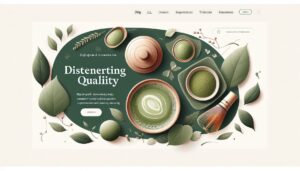
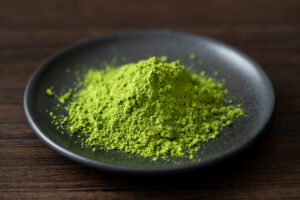
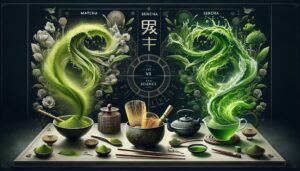
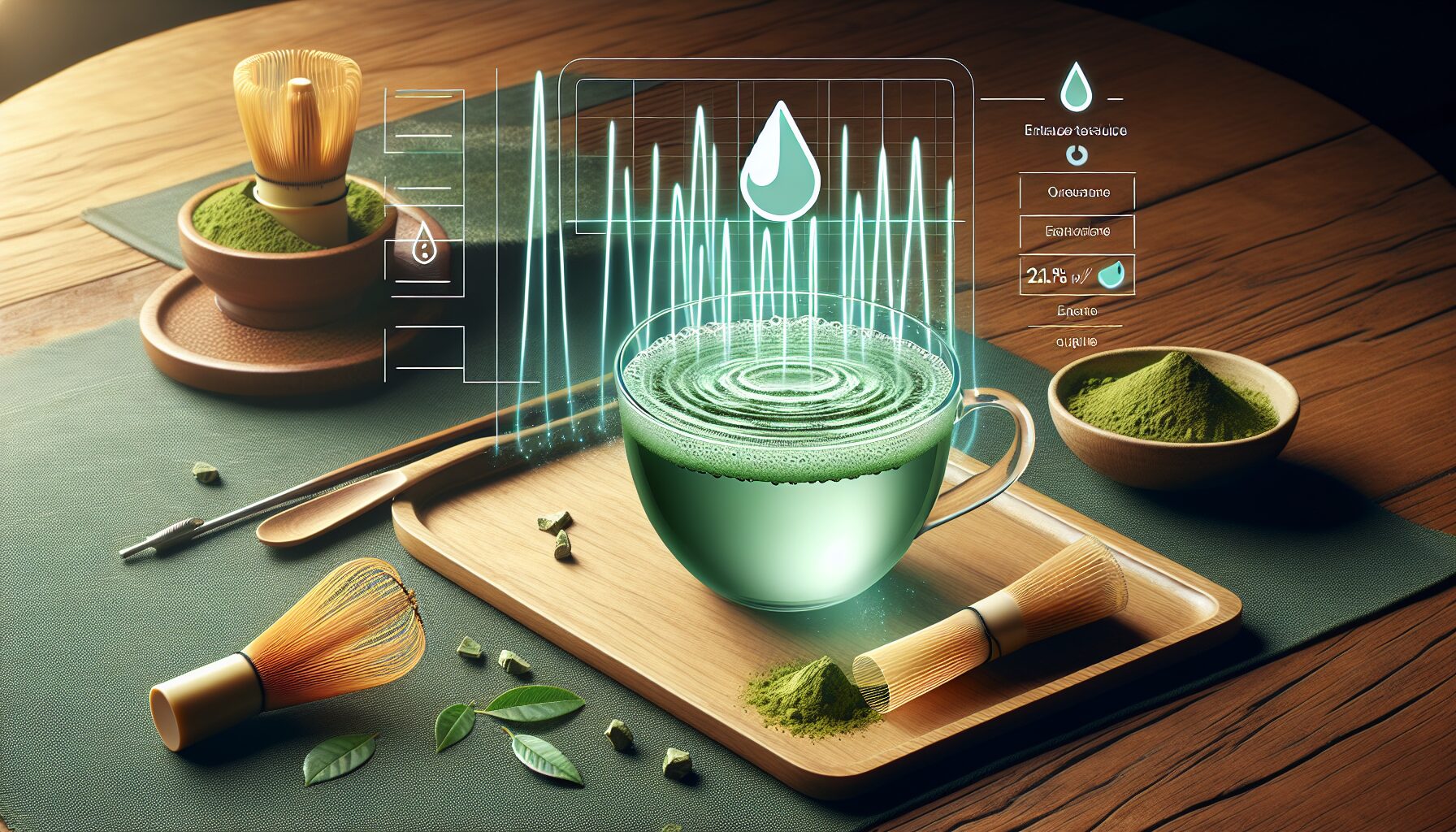

Comments